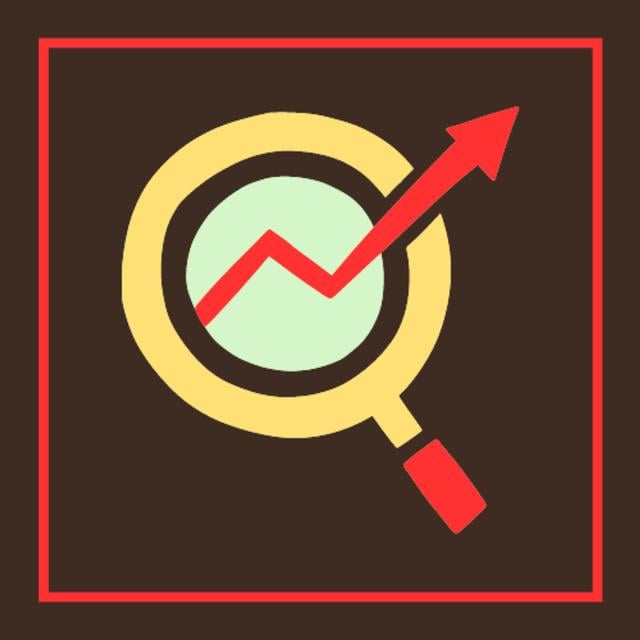MOOC List is learner-supported. When you buy through links on our site, we may earn an affiliate commission.

MOOC List is learner-supported. When you buy through links on our site, we may earn an affiliate commission.
Syllabus
Introduction to Tech Marketing
Module 1
Our first objective is to demonstrate to (often skeptical) engineers that technologies and innovations do NOT sell themselves. To consumers or to businesses. The media tends to cover only the exceptional, glamorous companies that floated to Unicorn status (Billion-dollar valuation) seemingly with ease. The other 99% of successful Tech deployments have required strategic marketing programs to get there. We explain how Marketing is far broader and more diverse a function than just advertising: Essentially all companies do marketing even if they do not advertise (See Tesla). Then we get into the value and mechanics of the guiding project for the term, the Marketing PLAN.
How Marketing Makes and Breaks Tech Companies
Module 2
Now we will cover the common pace and patterns of adoption of novel technologies into industries and consumer markets, punctuated by examples of a couple of famous companies. We will see how many tech firms continue to repeat the mistakes of their predecessors and assume that the enthusiastic early buyers are like the later ones, the ones you need to make a profit. We will learn to apply two analytical models; The Technology Adoption Life Cycle and Roger's Technology Diffusion metric. Finally we get into the value and mechanics of our guiding project for the term, the Marketing PLAN.
Consumer Behavior and Markets
Module 3
Now we analyze exactly how consumers and businesses make buying decisions. What are specific influences and processes and apply the Decision-Making Unit approach to define which parties have influence on these decisions. The we distinguish between high complexity/cost/risk purchase decision processes and those that are simple/cheap/quick. Finally we discuss what Client characteristics make for an engaging and straightforward PLAN process.
B2B Buyers & Markets
Module 4
Now we learn about businesses as customers, the nature of these markets and how they compare and contrast with consumer markets. Next we take a brief look at the burgeoning filed of Behavioral Economics (where psychology and microeconomics intersect) and how its lenses can be useful here. We learn to develop a deep understanding of the customer through a rich profile called a Persona.
Market Research
Module 5
We analyze types and charactersitcs of Market Research sources, first Primary, that collected for and explicityly applicable to THIS purpose/project. Then we learn the mechanics of creating the most-used type of primary market research, the Survey. Next we learn about secondary research, that collected for broader use but nevertheless quite valuable on the program at hand. The forms of research collection vary greatly in cost, time, quality and reliability of outputs, external validity, etc. Lastly we learn the practical collection of cost-free secondary research for your PLAN or any cash-constrained business.
The Data-Driven Organization
Module 6
Now we learn to convert the raw outputs of research into useful data. The next analytical approach is choosing and applying effective means of Segmentation, subdividing your whole customer field into more useful and specific groups. Then we discuss how to strategically focus resources on the most promising subsets and then an advanced approach to same, Conjoint Analysis.
MOOC List is learner-supported. When you buy through links on our site, we may earn an affiliate commission.
MOOC List is learner-supported. When you buy through links on our site, we may earn an affiliate commission.
